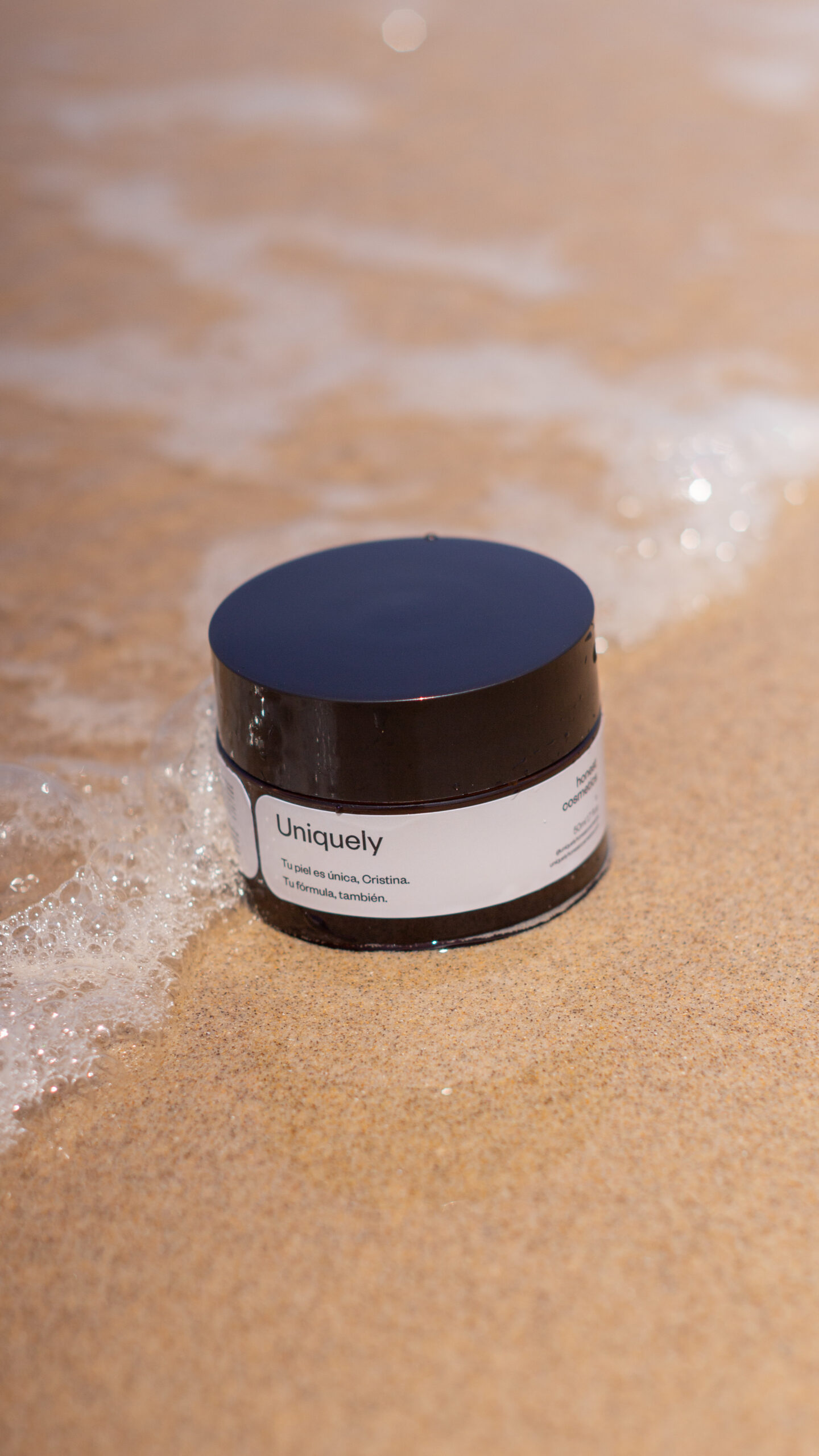Hyaluronic acid, the macromolecule par excellence used in cosmetics. This glycoprotein, already known to all of us and frequently used in a multitude of formulations both for its potential and its versatility, holds many more secrets than most of us know. We analyse here all the versions and possibilities of one of the most famous ingredients in the world of skin care.
Hyaluronic acid is a structural polymer in our skin. Let us remember that, together with other large molecules, it forms part of what we know as a fundamental substance in a system capable of gelling body water and retaining it, keeping hydration at optimum levels. And this is precisely what hyaluronic acid does, as its main property is that it is capable of retaining up to a thousand times its weight in water and preventing transepidermal water loss. But if hyaluronic acid is already present in our skin, why should we include it in our routine? Like many of its components, hyaluronic acid degrades over time so that as we get older, we lose some of its content. Replenishing it can help us to keep our skin in good condition and delay signs such as sagging, lack of elasticity and wrinkles.
Now that we know this, let’s look at another of the great secrets behind this ingredient, because talking about this acid inevitably involves talking about a concept known as “molecular weight”, which refers to the size of the molecule and its ability to penetrate through the different layers of the skin. It is important to know that different weights enable different functions in the different layers that make up this tissue, so you just have to know which is the most suitable or the one you need at any given moment. A high molecular weight hyaluronic acid will not penetrate deeply, but will exercise its function on the most superficial layers. This provides very good moisturisation as it generates a film on the skin that prevents evaporation and water loss while, due to its size and three-dimensionality, it provides volume and has a smoothing effect on the skin’s texture. As the molecular weight decreases, the hydration it provides is greater because it takes place at different levels starting with the deepest layers. When we use a hyaluronic acid with a very low molecular weight, we skip the last step and reach a place where the synthesis of new hyaluronic acid molecules itself is facilitated, so it is at this point that the improvement in the appearance of existing wrinkles and the flaccidity associated with the natural loss of glycoprotein becomes evident.
So what’s the trick? Although we know that all the existing versions of this ingredient have individually beneficial properties for the skin, at Uniquely we seek to get the best out of it and that is why we have raw materials in our laboratory that combine different molecular weights in a single ingredient. A medium and high molecular weight version for those skins that require a moisturising and tightening effect thanks to its action on the most superficial layers, and another that combines up to 4 different molecular weights including a very low molecular weight that is capable of reaching the deepest layers and improving the appearance of expression lines and wrinkles and the elasticity of the skins most affected by the loss of the structural hyaluronic acid of the dermis.

 3' de lectura
3' de lectura